Category: Protected species
Great capricorn beetle (Cerambyx cerdo)
2018. July 7.
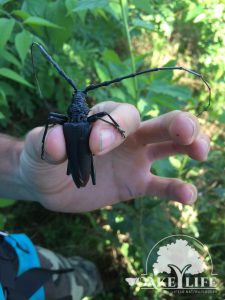 We got great news from our colleague at the beginning of July 2018: we found 3 great capricorn beetles (Cerambyx cerdo) in the Peszér-forest.
We got great news from our colleague at the beginning of July 2018: we found 3 great capricorn beetles (Cerambyx cerdo) in the Peszér-forest.
Read more...
Bolbelasmus unicornis
2018. July 5.
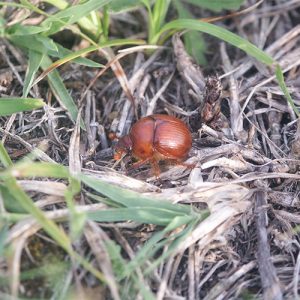 Bolbelasmus unicornis is a bug species of those representatives of the sand forest steppe habitat complex which has remained in best condition in the Great Hungarian Plain.
Bolbelasmus unicornis is a bug species of those representatives of the sand forest steppe habitat complex which has remained in best condition in the Great Hungarian Plain.
Read more...
Early marsh-orchid (Dactylorhiza incarnata)
2018. June 27.
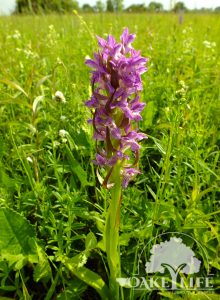 The early marsh-orchid (Dactylorhiza incarnata) is a perennial, temperate-climate species of orchid generally found growing in wet meadows, and generally on base-rich soils.
The early marsh-orchid (Dactylorhiza incarnata) is a perennial, temperate-climate species of orchid generally found growing in wet meadows, and generally on base-rich soils.
Read more...
Fly orchid (Ophrys insectifera)
2018. June 27.
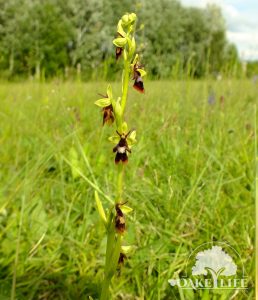 The fly orchid (Ophrys insectifera), is a species of orchid and the type species of the genus Ophrys.
The fly orchid (Ophrys insectifera), is a species of orchid and the type species of the genus Ophrys.
Read more...
Scarce fritillary (Euphydryas maturna)
2018. June 15.
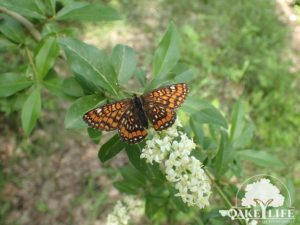 The Scarce Fritillary (Euphydryas maturna) is a butterfly species characteristic for riparian mixed forest edges. In the Danube–Tisza Interfluve there are only a few populations.
The Scarce Fritillary (Euphydryas maturna) is a butterfly species characteristic for riparian mixed forest edges. In the Danube–Tisza Interfluve there are only a few populations.
Read more...
Snowdrop anemone (Anemone sylvestris)
2018. June 15.
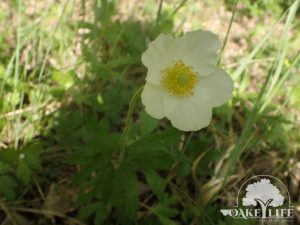 Anemone sylvestris is a perennial plant flowering in spring, native to meadows and dry deciduous woodlands of central and western Europe. It spreads rapidly by root suckers and stolons.
Anemone sylvestris is a perennial plant flowering in spring, native to meadows and dry deciduous woodlands of central and western Europe. It spreads rapidly by root suckers and stolons.
Read more...
Common toad (Bufo bufo)
2018. June 15.
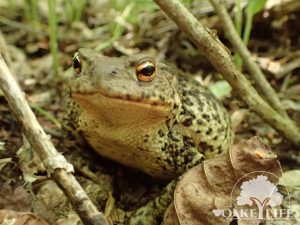 The common toad is found at altitudes of up to 2,500 metres in the southern part of its range. It is largely found in forested areas with coniferous, deciduous and mixed woodland, especially in wet locations.
The common toad is found at altitudes of up to 2,500 metres in the southern part of its range. It is largely found in forested areas with coniferous, deciduous and mixed woodland, especially in wet locations.
Read more...
The clearing of the “Forest reserve of Peszér-forest”
2018. June 15.
 Several protected plant species performed mass flowering during the late spring period in the Peszéri-erdő Special Area of Conservation (a part of the Natura 2000 network), like the Sand Feather-grass (Stipa borysthenica) and the Silver Giant Scabiose (Jurinea mollis).
Several protected plant species performed mass flowering during the late spring period in the Peszéri-erdő Special Area of Conservation (a part of the Natura 2000 network), like the Sand Feather-grass (Stipa borysthenica) and the Silver Giant Scabiose (Jurinea mollis).
Read more...
Giant Plantain (Plantago maxima)
2018. June 15.
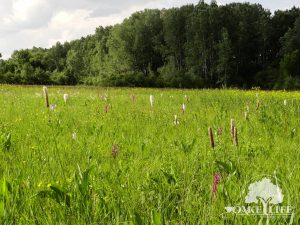 The Giant Plantain is one of the rarest plant species of the Peszéri-erdő Special Area of Conservation (a part of the Natura 2000 network).
The Giant Plantain is one of the rarest plant species of the Peszéri-erdő Special Area of Conservation (a part of the Natura 2000 network).
Read more...
Black stork (Ciconia nigra)
2018. June 13.
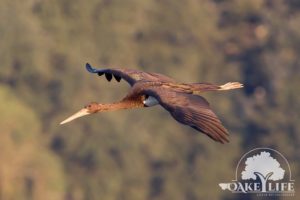 The black stork prefers more wooded areas than the better-known white stork, and breeds in large marshy wetlands with interspersed coniferous or broadleaved woodlands, but also inhabits hills and mountains with sufficient networks of creeks.
The black stork prefers more wooded areas than the better-known white stork, and breeds in large marshy wetlands with interspersed coniferous or broadleaved woodlands, but also inhabits hills and mountains with sufficient networks of creeks.
Read more...
